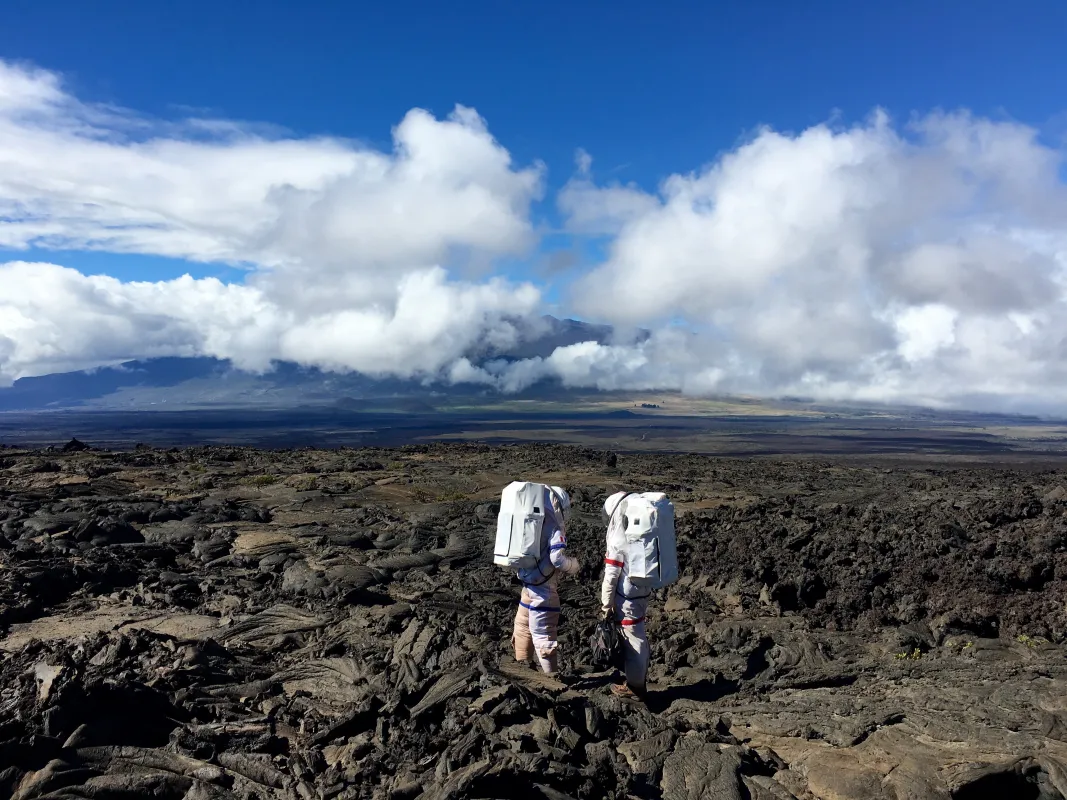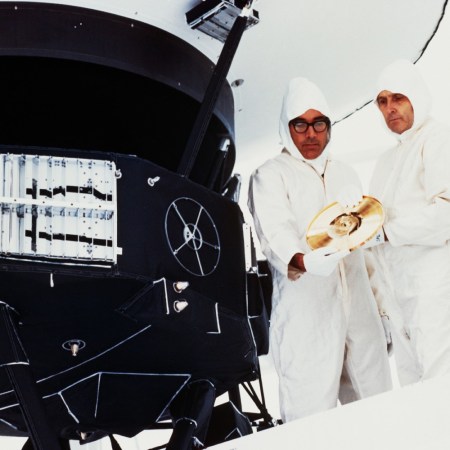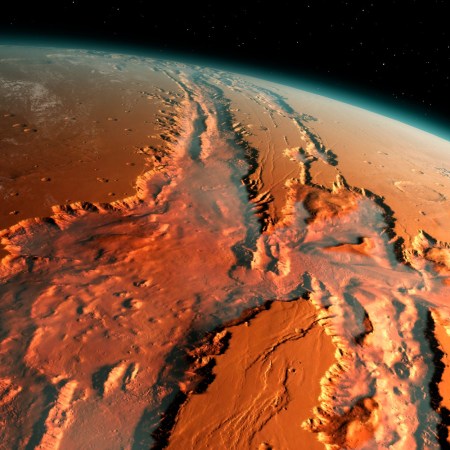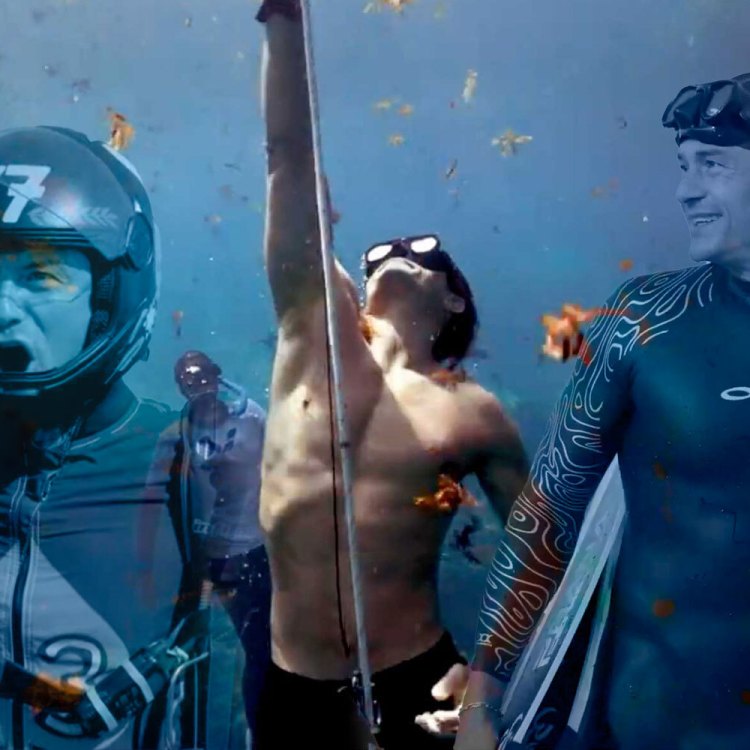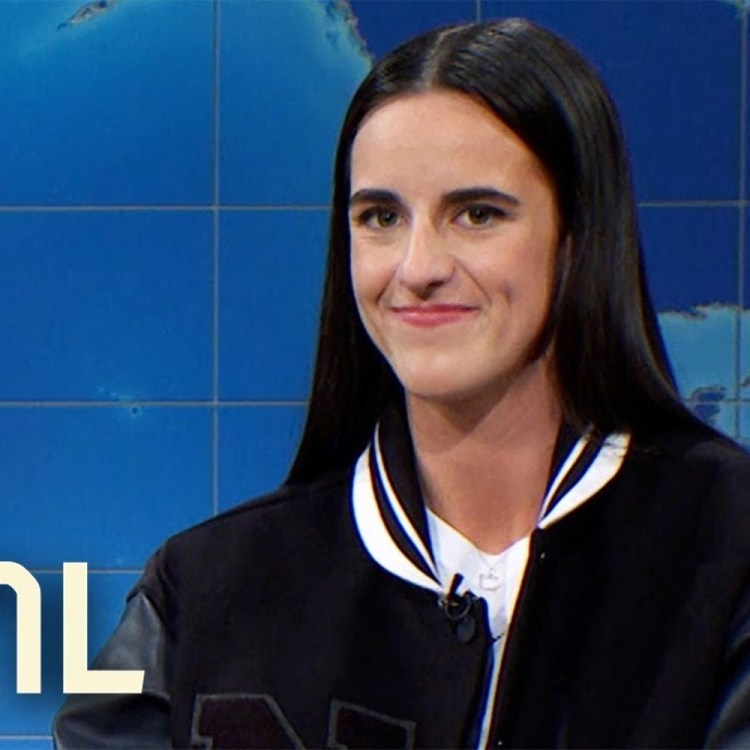If life is all a matter of perspective, there remains one very select group of men and women who can see matters around us in ways we can’t imagine or practically replicate. The human beings that ventured into space as part of our specie’s fledgling explorations into the heavens looked down on the entirety of our planet from above. That view altered them in very profound ways — breaking down the lines between any concepts of “us” vs. “them.”
Whether via space shuttle missions or while living on the International Space Station, Terra’s astronauts, cosmonauts and fellow denizens of the void lifted off already ranked amongst humanity’s most intelligent, best educated, highly trained and adventurously brave individuals. Still, they return from their time in the stars more profoundly evolved. A new documentary television series from National Geographic offers our space-going brothers and sisters the opportunity to share stories of their times in space as well as how their work beyond Earth’s gravity expanded their perceptions on what it is to be human and to live on our shared world.
One Strange Rock combines the personal observations of space explorers with detailed examinations of our beautiful, often bizarre and absolutely unique planet. The series is the result of a partnership between filmmaker Darren Aronofsky and award-winning producer Jane Root. Hosted by Will Smith, the show unveils life on Earth with the only people who physically left it behind.
Some of those bold men and woman took a moment out of their ongoing exploration around the world to explain how space travel changed them and how they saw the world differently upon their return.
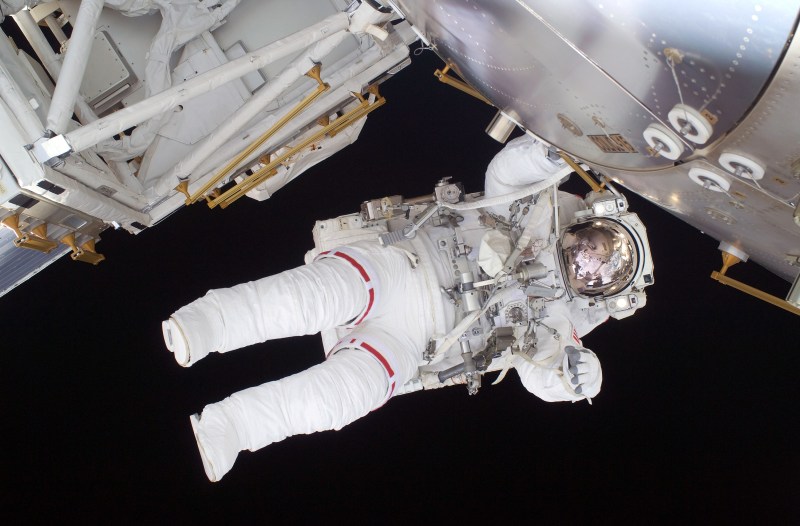
Nicole Stott – NASA Astronaut, Aquanaut, Artist
Known as the “Artistic Astronaut,” Nicole Stott logged 104 days in space and nearly three weeks in the Aquarius undersea habitat. She was the first astronaut to paint in space, joining NASA at the Kennedy Space Center in 1988. She completed two spaceflights and lived on both the Space Shuttle and the International Space Station. During her first long-duration spaceflight in 2009, she performed one spacewalk with a total duration of six hours and 39 minutes and was the last space station crew member to return to Earth via space shuttle.
Stott completed her second spaceflight in 2011 when she was a crew member of the final flight for space shuttle Discovery. Traveling 5.3 million miles in 307 hours and 3 minutes, the mission completed the construction of the ISS and was accomplished in 202 Earth orbits.
After 28 years with NASA, Stott is now a full-time artist and SciArt education advocate. Through her artwork, she shares her impression of our planet from the orbital and undersea perspectives while stressing the significance of our planetary community and environment.
“I expected to be surprised (by living in space) in ways I couldn’t even imagine — and I was. I was surprised by the feeling of the power of launch — by the liberating feeling of floating and flying freely in three dimensions, and I was surprised every time I looked out the window at our planet. All of these things were a bit overwhelming (in a good way) and definitely played into how flying in space changed me. I guess I expected the spaceflight experience to change the way I felt about our planet. I knew it would.
“Almost immediately in space, you recognize that Earth is a planet. That sounds almost silly and obvious, but I don’t think people on any regular basis, day to day, even consider the fact that they live on a planet — in space. It’s really a pretty profound thing. After coming home from space, there’s not a day that goes by where I don’t have that thought cross my mind at least once. In fact, I think it’s always present in my thoughts and daily activity.”
“Earth is our home. It is a planet in space that we all share. We are all Earthlings. You witness an interconnectivity between everything on our planet — an interdependence on the shared and limited resources and on the glowing line of our thin, protective atmosphere. You see the need to shift to a longer-term more unified perspective of life on Earth.”
“If more people experienced that, I think there would be a large scale and profound shift to the orbital perspective — which would lead us down an effective and efficient path to a sustainable and positive future for all Earthlings.”
“I think one of my main missions in life is to describe my experience in a way that helps people get that sense (of viewing the Earth). Whether it’s through my artwork, presentation of photos or just descriptions of what it’s like to be up there — to live up there with the representatives of a global community on the space station.”
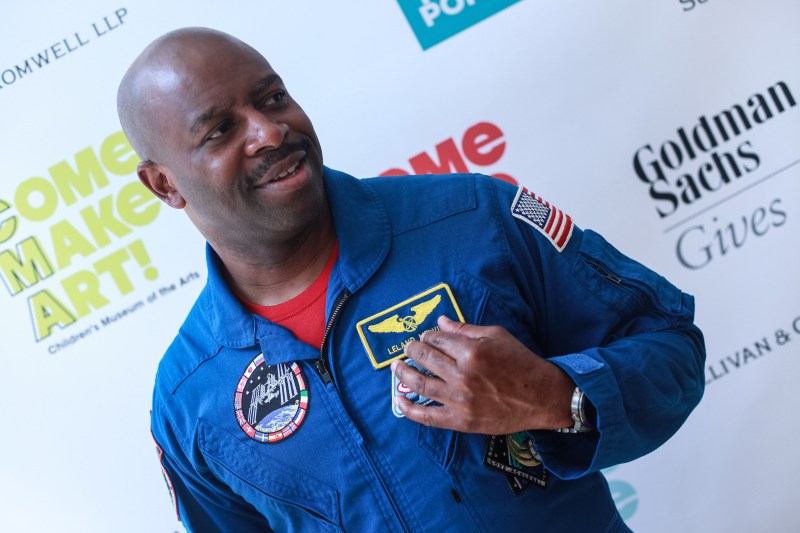
Leland Melvin – NASA Astronaut, Former Associate Administrator for the NASA Office of Education
While receiving a Bachelor of Science Degree in chemistry from the University of Richmond, Richmond, Virginia in 1986, Melvin was named NCAA Division I Academic All American, A Richmond Athletic Hall of Fame Inductee, he was chosen by the Detroit Lions in the 11th round of the 1986 NFL college draft. He participated in the Toronto Argonauts and Dallas Cowboys football training camps before earning a Master of Science Degree in Materials Science Engineering from the University of Virginia in 1991.
After joining NASA in 1998, Melvin served the Astronaut Office Space Station Operations Branch, the Education Department at NASA Headquarters, Washington, D.C, and the Robotics Branch of the Astronaut Office. As co-manager of NASA’s Educator Astronaut Program, he traveled across the country to engage thousands of students and teachers in the excitement of space exploration and inspiring them to pursue careers in science, technology, engineering and mathematics.
A veteran of two space flights, STS-122 in 2008, and STS-129 in 2009, Leland Melvin has logged over 565 hours in space aboard Space Shuttle Atlantis and the ISS.
In 2010, Melvin became associate administrator for the Office of Education. He was responsible for the development and implementation of NASA’s education programs that inspire interest in science and technology and raise public awareness about NASA goals and missions. He retired from the post in 2014.
“I did not know and did not want preconceived ideas as to how I would feel in space. I wanted to experience the environment around me as a newborn — sensing and marveling in the treasures.”
“My experiences in space unleashed a profound appreciation for the surfaces, colors and textures that I saw on Earth. I wanted to connect what I saw on high and experience it at the sites that I photographed. The Sahara, the Nile, the Amazon, the Himalayas…I wish I could only use the almost 10 Million miles of travel around the planet as frequent flyer points to get to those destinations.”
“If I could somehow lend everyone the experience and the view I had from orbit, there would be no more wars. No more fighting. No more isms.”
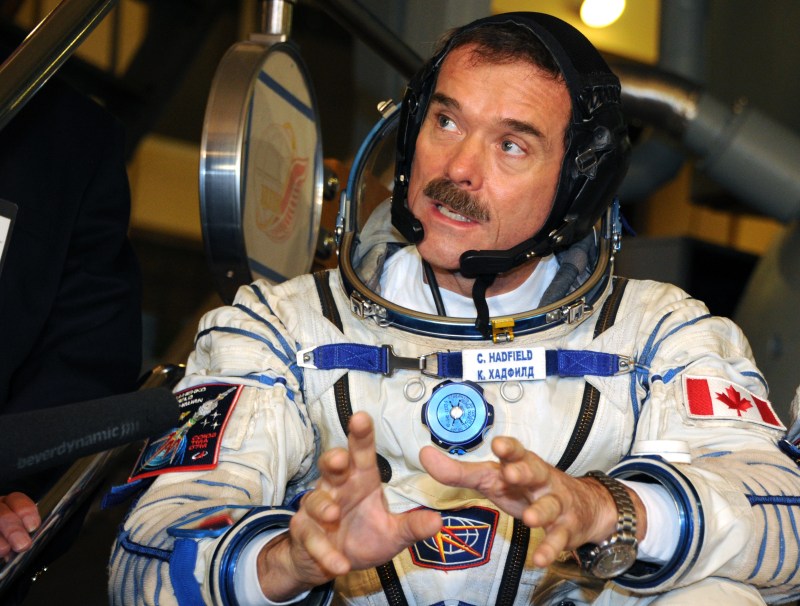
Chris Hadfield – First Canadian to Walk in Space
An engineer and former Royal Canadian Air Force fighter pilot, Hadfield flew two space shuttle missions and served as commander of the International Space Station. After earning his glider pilot license as a member of the Royal Canadian Air Cadets, he joined the Canadian Armed Forces and earned an engineering degree at the Royal Military College. He learned to fly various types of aircraft and eventually became a test pilot. As part of an exchange program with the U.S. Navy and Air Force, he earned a Master’s Degree in Aviation Systems at the University of Tennessee Space Institute.
In 1992, he was accepted into the astronaut program of the Canadian Space Agency. He first flew in space aboard STS-74 in 1995 as a mission specialist, visiting the Russian space station Mir. In 2001, he visited ISS to spacewalk and help to install the Canadarm2. In 2012, he flew for a third time aboard Soyuz TMA-07M and joined Expedition 34 on the ISS. He became commander of the station as part of Expedition 35 – responsible for a crew of five astronauts. During the mission, he recorded life aboard the space station and took pictures of the Earth – posting them via Twitter, Facebook, Google+ and Tumblr to a large following. After returning to Earth, he announced his retirement after a 35-year career as a military pilot and astronaut.
“Space travel changed me from the very beginning. It shaped my dreams as a child and my education as an adult. The spaceflight experience itself was better than I’d imagined — the magic of being weightless, exploring beyond Earth, with the silent, beautiful omnipresent world in the window. It gave me a depth of perspective and optimism that has turned me into who I am today.”
“If you can travel around the whole planet in 90 minutes, it can’t be very big. Somewhere during my 2,650 orbits, it permanently sank into me that Earth is just one small, exquisite place — shared by us all. The commonality of the human experience, what we hope for and how it is reflected in what we build, is visible from space. The vast age and toughness of our planet and the life on it, constantly refreshed with each passing season, has made me an eternal optimist.”
“People make decisions based on what they’ve learned and seen. If your whole life has been in one area or under one set of ideas, it greatly affects what you choose to do. Our newly-earned ability to see Earth from space suddenly changes that traditional, limited perspective. The better each of us can directly see and understand our world in its entirety, the better chance we have of making good choices, as individuals and as a species.”
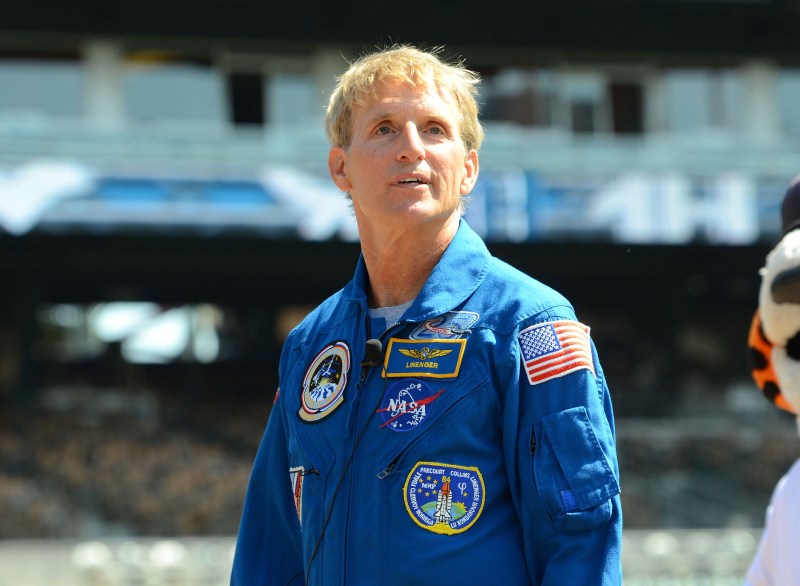
Captain Jerry Linenger, MD – Doctor, Astronaut and Author
A retired United States Navy flight surgeon and NASA astronaut. Linenger graduated from the Naval Academy and holds doctorates in both medicine and research methodology, with dual Master’s Degrees in Policy and Systems Management. He received three honorary doctorate degrees in science and the 2013 “Trailblazer Award” from the Washington State University School of Medicine for his contributions to research and to the advancement of medicine.
Linenger spent nearly five months aboard the Russian space station Mir facing numerous life-threatening events — including repeated failures of critical life-support systems, a near-collision between the space station and an incoming supply spacecraft and computer failures that sent the space station tumbling uncontrollably through space. He narrowly survived a fire that was later described as the most severe ever aboard an orbiting spacecraft.
Still, Linenger and his two Russian crewmates accomplished all mission goals, including shuttle docking, spacewalking, a Soyuz fly around and all 120 of the science experiments. He logged 50 million miles and was the first American to undock from a space station in a Russian Soyuz capsule and the first to do a spacewalk in a Russian spacesuit. Linenger then held the endurance record for the longest time in space for an American man. In 2008, NASA awarded Linenger the Distinguished Service Medal, the highest award conferred by NASA.
“In space, I expected to see an integrated, systemic planet, both temporally and spatially. For example, an alien would be able to determine that fresh water is something special. Rivers look like strings of pearls–lights shining from the cities along its banks. The Great Lakes shoreline is lit up by major cities. And ancient civilizations likewise clung to the rivers: the Nile, the Tigris Euphrates, the Ganges. It’s interesting to me how you can deduct knowledge of the living beings of the earth through careful observation.”
“Upon return, I had a realization that the planet is near-miraculous in its ability to buffer the insults thrown at it — both internal and external — and still sustain life. Volcanoes spewing smoke and ash for thousands of miles, meteorites bombarding the planet…Yet life continues.”
“If more could experience and the view I had from orbit, perhaps they would have a better understanding of the magnitude and proportion of threat — of what is almost trivial and what actually makes an impact.”
These four astronauts will join their fellows and other experts and commentators during the 10-episode series of One Strange Rock when it premieres Monday, March 26 at 10 p.m. ET.
This article was featured in the InsideHook newsletter. Sign up now.
